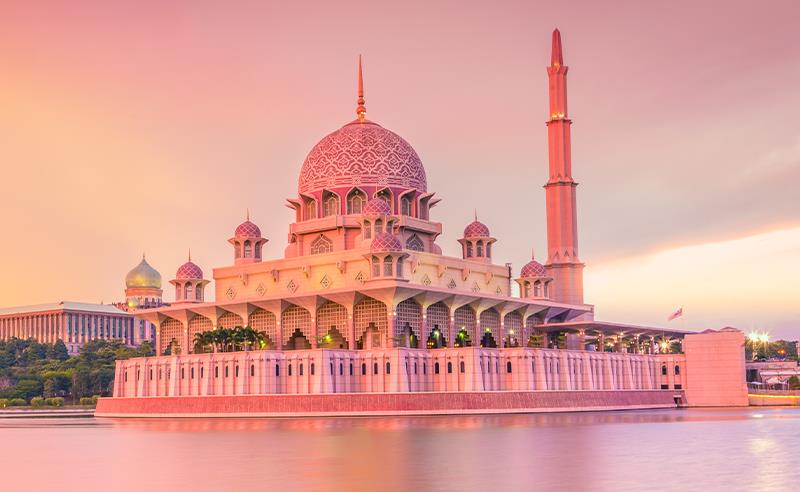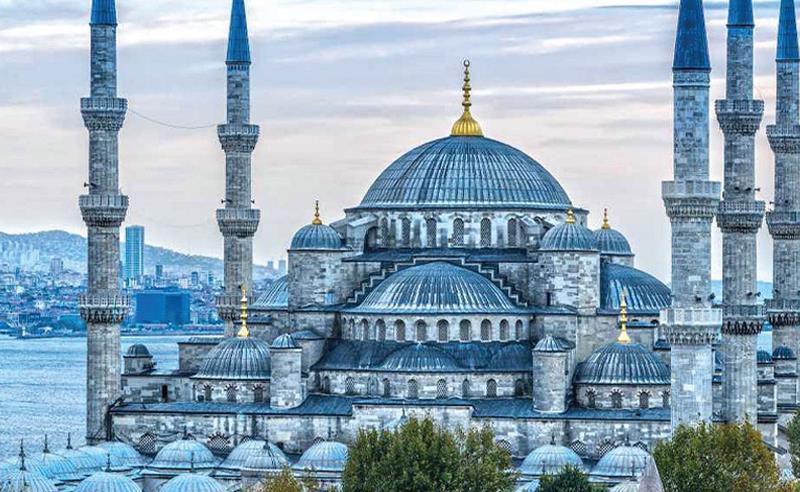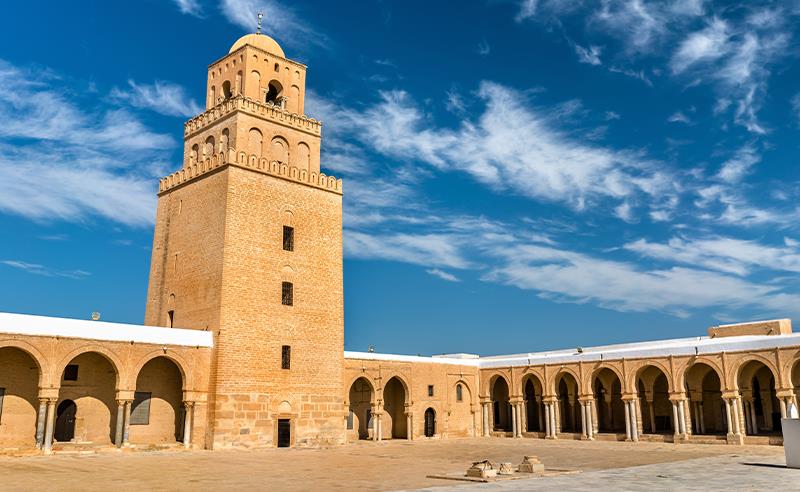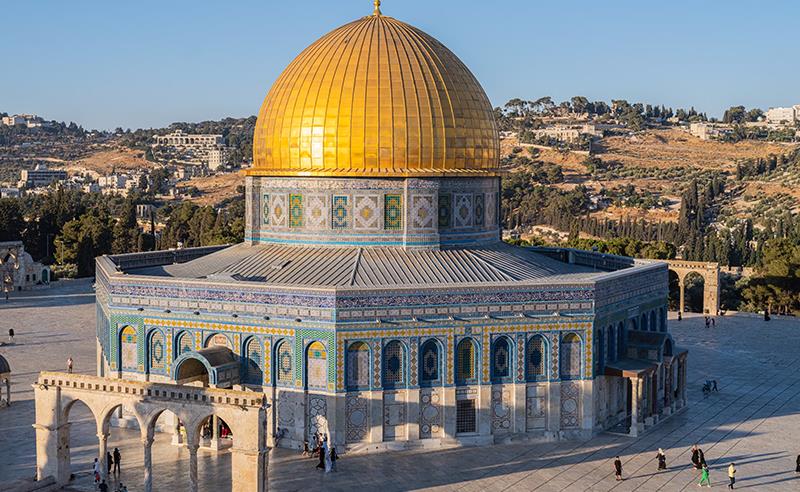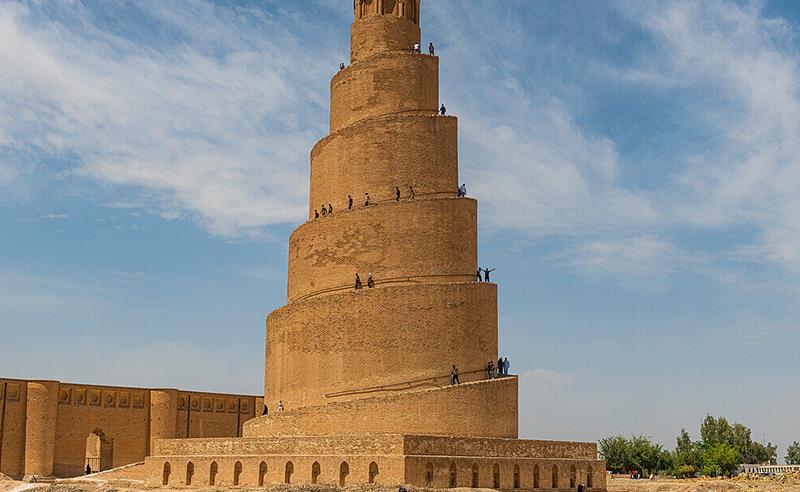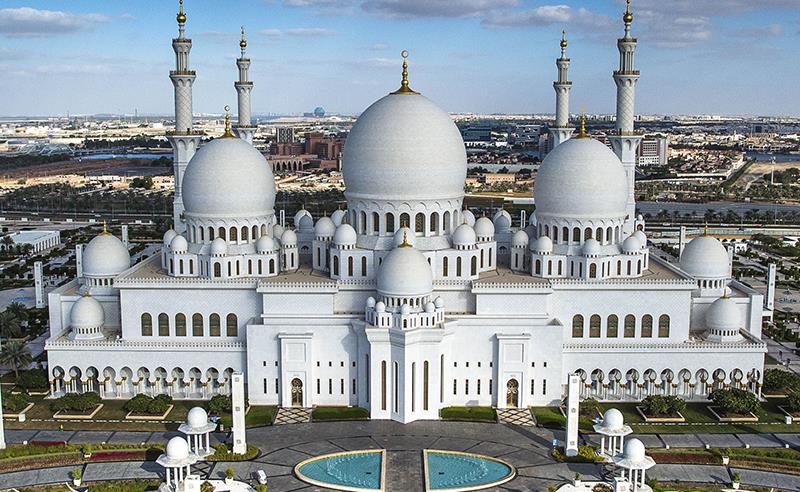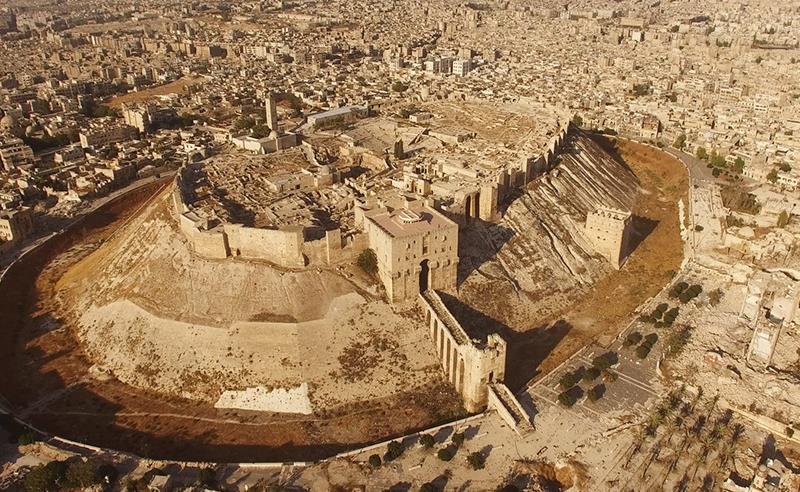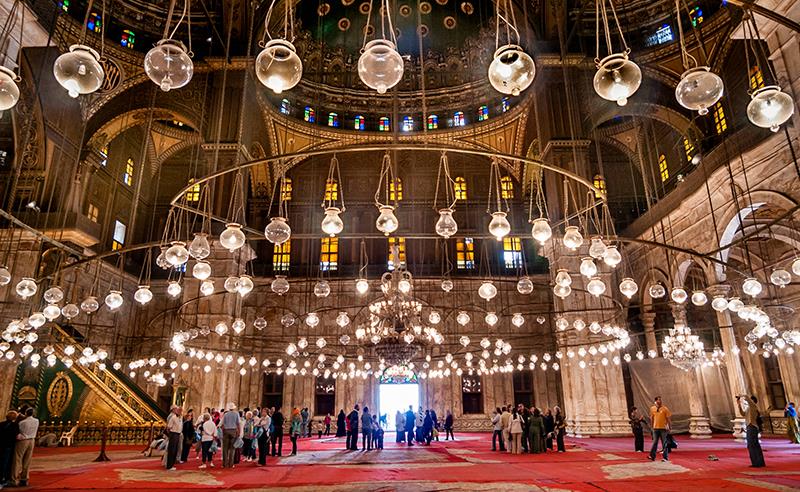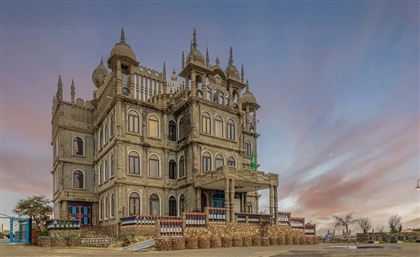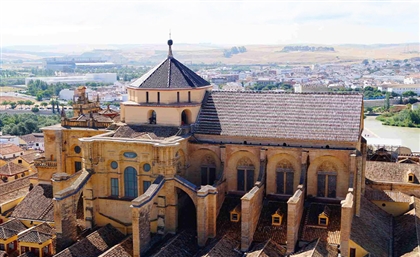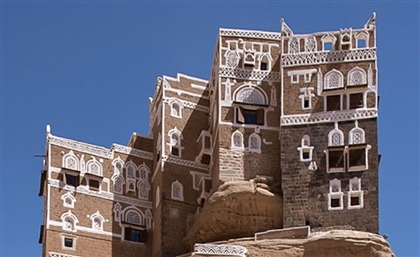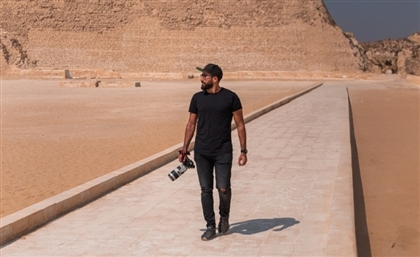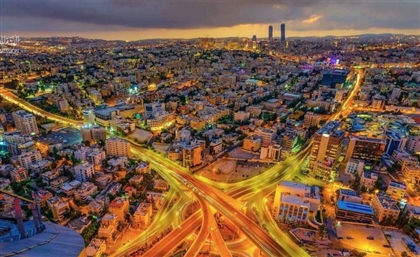With motifs adapted to different cultures, these wonders of Islamic architecture marry both beauty and spirituality.
Islamic architecture is more than just a display of religious devotion—it’s a visual representation of the faith’s emphasis on balance, harmony, and the divine. From the intricate arabesques and calligraphy that adorn the walls to the symmetrical arches and towering minarets, every element reflects an intentional design meant to evoke both beauty and spirituality.
The use of space is a key characteristic, with mosques, shrines, and citadels built to foster a sense of community while also offering individual reflection. Across different Islamic countries, these motifs are adapted to local materials and artistic traditions, leading to a breathtaking variety of styles. Persian mosques dazzle with colorful tiles, while those in North Africa rely on simplicity and earthy tones.
Beyond the Islamic world, these architectural principles have inspired buildings in non-Islamic countries, with elements like domes and geometric patterns appearing in a variety of contexts. Despite regional variations, what remains constant is the marriage of form and function, where beauty serves to elevate spirituality.
Nasir al-Mulk Mosque (The Pink Mosque)
📍Shiraz, Iran
⏳Late 19th century
In Shiraz, the Pink Mosque is a feast for the eyes. Its kaleidoscopic stained-glass windows transform the interior into a meditative rainbow. The mosque’s tiles—dominated by pink—break the typical mold of Islamic design, while traditional Persian patterns adorn every surface. A subtle symphony of light and color, this mosque seems to change with every passing hour as sunlight plays across its floors and walls, turning prayer into a visually transcendental experience.
Sultan Ahmed Mosque (The Blue Mosque)
📍Istanbul, Türkiye
⏳Early 17th century
In Istanbul, the Blue Mosque is a monumental fusion of scale and grace. Tens of thousands of İznik tiles in shades of blue give the interior its otherworldly glow. The six minarets are a rare feature, while the vast domes, layered with elegance, seem to defy gravity. This mosque doesn’t merely impress—it overwhelms, drawing your eyes up, down, and around with its intricate blend of Ottoman and Byzantine influences.
Great Mosque of Kairouan
📍Kairouan, Tunisia
⏳7th century
Austerity can be beautiful, and the Great Mosque of Kairouan proves that. This centuries-old mosque uses local stone and brick, its design focused on clean lines and functional space. Its vast courtyard, lined with simple arches and towering minarets both embody early Islamic architectural principles of humility and devotion, standing in stark contrast to more ornate structures.
Dome of the Rock
📍Jerusalem, Palestine
⏳Late 7th century
The Dome of the Rock, with its golden dome visible from every angle in Jerusalem, is a wonder both in structure and significance. The delicate tilework on its exterior speaks to Islamic craftsmanship, while the octagonal base forms a perfect geometric contrast to the natural rock it protects inside. The sense of both religious and architectural balance is palpable, as if the building itself is suspended between heaven and earth.
Great Mosque of Samarra
📍Samarra, Iraq
⏳9th century
Standing in the Iraqi desert, the Great Mosque of Samarra looks as though it was carved out of the earth itself. Its famous spiral minaret is a striking deviation from traditional minaret designs, almost like a monumental staircase to the sky. Despite its ruined state, the mosque’s sheer scale and innovative brickwork hint at the architectural ambitions of the Abbasid caliphate.
Sheikh Zayed Grand Mosque
📍Abu Dhabi, UAE
⏳Early 21st century
The Sheikh Zayed Grand Mosque in Abu Dhabi feels like a place where the modern and the timeless converge. Its gleaming white domes reflect the sunlight, while inside, the intricate floral patterns on the floors and Swarovski crystal chandeliers dangling from the ceilings elevate it to another level of grandeur.
Citadel of Aleppo
📍Aleppo, Syria
⏳12th century
The Citadel of Aleppo has witnessed the ebb and flow of empires, and its thick stone walls bear the marks of time. Once an impregnable fortress, its entrance alone, with its towering archway, displays the precision and grandeur of Islamic military architecture. The mosques, palaces, and even the baths within tell the story of a city at the crossroads of civilizations.
Citadel of Saladin
📍Cairo, Egypt
⏳12th century
Perched on a hill overlooking Cairo, the Citadel of Saladin is a fortress with panoramic views of Cairo. Its high stone walls speak to its defensive function, while inside, the Ottoman-style Muhammad Ali Mosque, with its large domes and sweeping interior, offers a space for reflection. The Citadel’s architecture blends the practical with the spiritual, making it an enduring symbol of Islamic Cairo.

